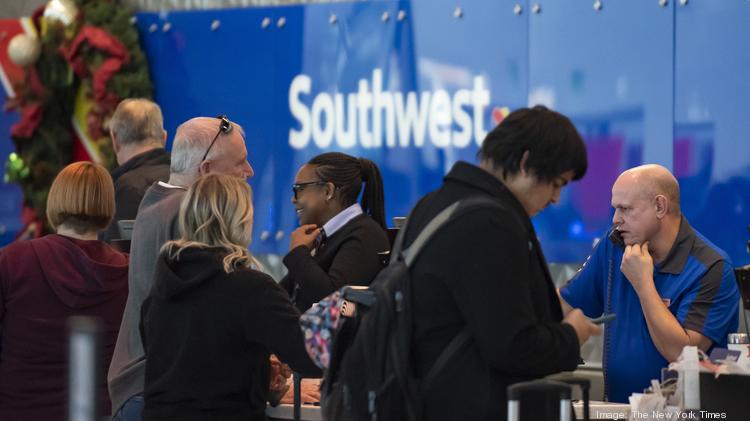Article published in the Philadelphia Business Journal on January 16, 2023. Revised at 8:00 am.
Southwest Airlines’ operational disruption during the heavily traveled week prior to Christmas last month has been described as “the single largest meltdown in corporate aviation history.” As many as 16,000 Southwest flights were canceled, in what is mission critical to every airline—flying in adverse weather conditions.
The operational disruption started in Denver on Dec. 21. Southwest was not able to service its aircraft because of freezing temperatures and the significant number of ground workers who called in sick.
Quoting Randy Barnes, Southwest’s ground workers union president, “Ground workers need more support. Many of our people have been forced to work 16 or 18 hour days during this holiday season. … Many [of our members] are getting sick, and some have experienced frostbite over the past week. In severe weather it’s unreasonable for workers to stay outside for extended periods. People need to be able to cycle in and out of the cold. The airline needs to do more to protect its ground crews.”
The schedule disruption cascaded from Denver to other airports served by Southwest. Aircraft were out of position and crews were not in the locations where they were scheduled to be, disrupting the plans of many holiday travelers.
So, why did Southwest experience significant operational issues that other airlines avoided? It’s mission critical that every airline be prepared for severe weather events. Other airlines continued to operate with only modest disruptions.
Airline operations are driven by a complex aircraft and crew scheduling system. The tighter the schedules, the more efficient the airline operation and the more money the airline makes. This works fine when weather conditions are ideal, but not when weather conditions deteriorate. Schedule reliability is dependent on system slack. Southwest has little slack in their system, causing the chaos that occurred.
Southwest operates a point-to-point system rather than a hub-and-spoke system operated by other airlines. This saves travelers time and inconvenience, but is more exposed to disruption in adverse weather conditions due to lack of flexibility in reassigning aircraft and crews. A more robust rescheduling capability is required than Southwest has in place.
Passengers on canceled flights were on their own, many stranded for days, damaging the airline’s reputation. Due to a canceled flight, one family rented a car and drove from Miami to Salt Lake City.

The software that Southwest uses to schedule aircraft and crews and to reassign them in the event of a bad weather disruption is of 1990s vintage. It’s been reported that the system couldn’t manage the large number of schedule changes that occurred during December’s weather disruptions. For an industry that heavily depends on information technology systems, why is Southwest’s IT technology so dated? Why has their IT investment not kept pace with operational needs in times of severe weather disruptions, and with Southwest’s competitors?
Southwest Airlines Pilots Association (SWAPA) blames the airline’s meltdown on the company’s leadership being more financially than operationally focused. In November, SWAPA president Casey Murry said, “I fear that we are one thunderstorm, one ATC (air traffic control) event [or] one router brownout from a complete meltdown. Whether that’s Thanksgiving, or Christmas, or New Year, that’s the precarious situation we are in.”
Murray’s warning was prophetic. The following month, the meltdown occurred. Why didn’t Southwest leadership come to the same conclusion years ago? Why weren’t they more operationally focused?
Corporate boards are charged with the responsibility for evaluating risk factors that a company may face. If management and the board had been more operationally focused on mission critical issues, it would have become apparent that Southwest lacked the ability to withstand extreme weather events, and investments would have been made years ago to avoid a system meltdown.
Southwest estimates that the cost for the December meltdown is between $725 million and $825 million. The cost of one major meltdown could pay for a significant upgrade in IT technology.
The Southwest Airlines meltdown is a lesson for all organizations. Determine what is mission critical and pursue a strategy to ensure that the mission can be fulfilled regardless of external adverse factors. Do you know what is mission critical for your company and can the mission still be fulfilled when events go south?
Stan Silverman is founder and CEO of Silverman Leadership and author of “Be Different! The Key to Business and Career Success.” He is also a speaker, advisor and widely read nationally syndicated columnist on leadership. He can be reached at Stan@SilvermanLeadership.com.

